Xylaria hypoxylon
Scientific name: Xylaria hypoxylon (L.) Grev.
Derivation of name: Xyl- means "woody." Hypo- means
"below" or "under" and xylon refers to "wood."
Synonyms: Xylosphaera hypoxylon (L.) Dumort.,
Sphaeria hypoxylon (L.) Pers., Clavaria hypoxylon L.
Common name(s): Candlesnuff fungus
Phylum: Ascomycota
Order: Xylariales
Family: Xylariaceae
Occurrence on wood substrate: Saprobic; clustered on
or near decaying hardwood; June through August.
Dimensions: These ascocarps may be up to 8 cm tall.
Description: Fruiting body usually has slender black branches
with antler-like white tips. When found in
the spring, the entire
ascocarp may be white to grayish and powdery as a
result of
the formation of asexual spores. Later in the season, mature
forms are
blackish and minutely pimply. The small bumps are
the
locations of sexual spore producing structures called
perithecia. The perithecia are embedded in a tough white
flesh called the stroma.
Comments: This Xylaria species is usually more distinctly
branched than is X. polymorpha and the
stalks and branches
are thinner, more slender.
More information at MushroomExpert.com:
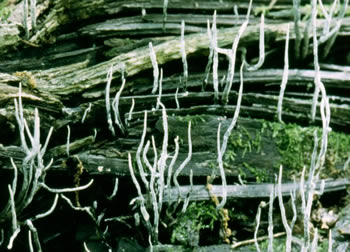
Figure 1. Appearance of slender, branched fruit bodies
on decaying wood. Photo © Steve Nelsen
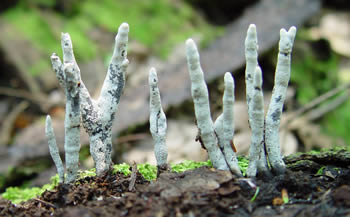
Figure 2.
White conidial stage. Photo © David Work.
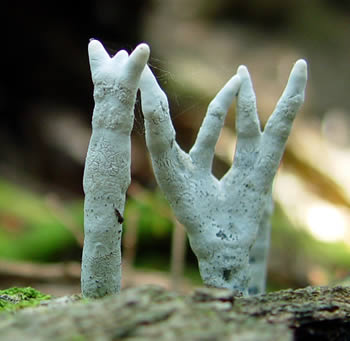
Figure 3. A closer look at the conidial stage.
Photo © David Work.
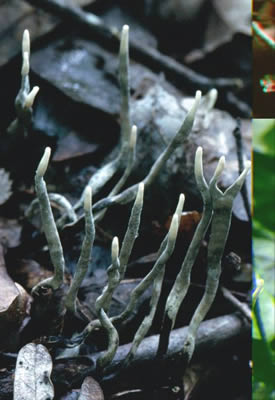
Figure 4. Fruit bodies with white tips.
Photo © Steve Nelsen.
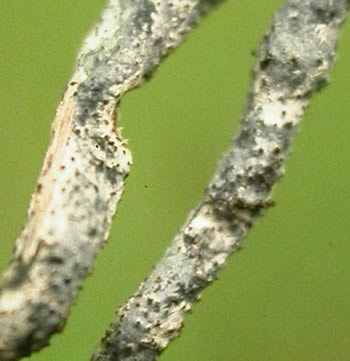
Figure 5. The small dark bumps are the locations of the
perithecia. Photo © Roz Lowen.
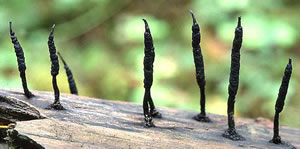
Figure 6. Entirely black sexual
stage of
Xylaria hypoxylon.
Photo © George Barron.